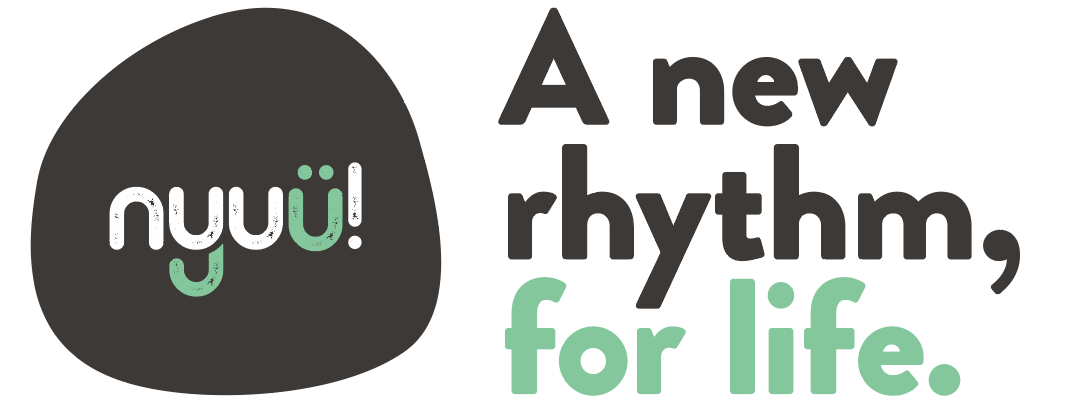Movement
I recently watched four martial artists tested for their Third Dan Black Belt. A gruelling three-and-a-half-hour examination. Impressive. An asthma attack was no reason to stop. Nor was a sprained ankle. Three other black belts in attack were reason enough to keep going. Strength, endurance, flexibility, speed, agility, determination, courage – all were on display.
I was most intrigued by the quality of their movement.
Over years of practice, choreographed patterns had refined every tiny aspect of motion, to perfection. Boards broke. Knife attacks disarmed. Perfect timing and balance floored larger opponents. Kicks and punches landed - hard enough to make a point, leave bones intact, and give a bruise for a souvenir.
Whether a musician, or a mathematician, a dancer, or equestrian, whatever we do more of, we get better at. In the field of sport science it’s referred to as the SAID principle: Specific Adaptation to Imposed Demands. We improve at what we consistently practice.
Unfortunately, the SAID principle can also work negatively.
An astronaut loses bone density when in zero gravity. An inactive arm in a cast loses muscle mass. A sedentary body adapts to “non-movement” by becoming even better at it! If we move less, we adapt with weaker, stiffer muscles and less mobile joints – making it harder to move freely. And we store up excess energy intake as fat – so we can supply our needs without any extra movement. That’s the SAID principle in action. As renowned philosopher and movement practitioner Ido Portal has said about movement:
“…if you won’t… one day you may not be able to.”
So what shall we do?
Move, often. And practice moving consciously - whatever you’re doing. Pumping iron, or ironing. Walking or wading. Climbing or clapping. Picking or punching. Running, chewing, Netflix-flicking… Notice how your body moves. Is your movement free, fluid? Is it strong? Is it stilted or tight in any part of the action? Does it feel confident, stable? Are you well balanced? If you move through an action slowly, can you improve the quality of movement? Can you do it as well with your other hand? Can you do the action in reverse? If you begin noticing, you’ll notice more. If you practice better movement, you’ll get better at it.
Most of all, enjoy moving – it’s a key to your new-you.
Find your new rhythm
Bullsbrook Chiropractor, Dr Keith Brown, is committed to helping you live life to the fullest. At nyuü chiropractic, we utilise a postural correction method of chiropractic know as ABC™.
Book your chiropractic appointment online today and discover how we can help you heal from pain.
